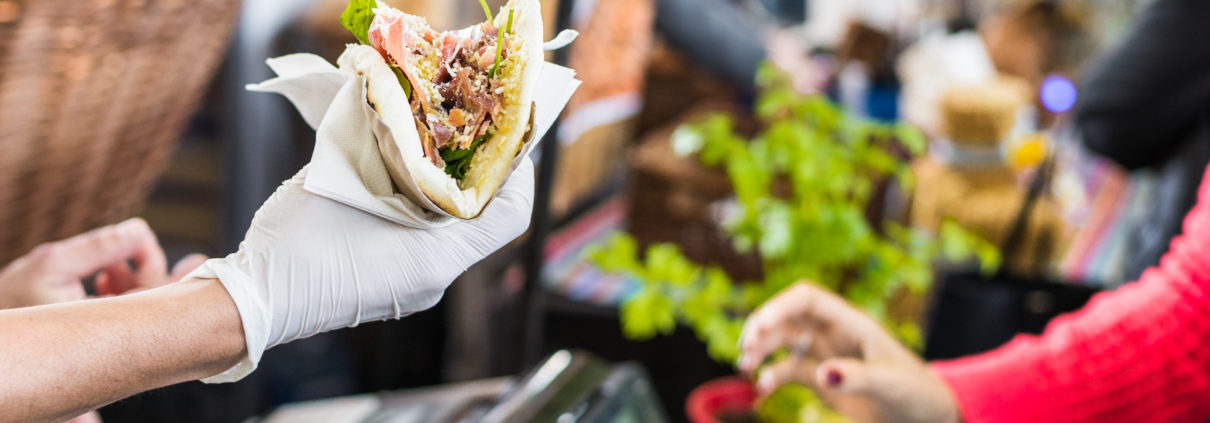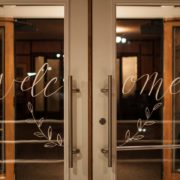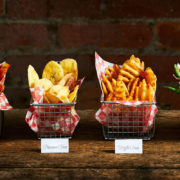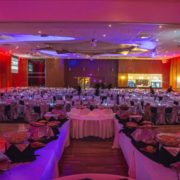Your guide to structuring the perfect daily corporate catering program
One of the first questions that organizers ask after deciding to incorporate a daily corporate catering program into their organization’s lunchtime routine is how it can be formatted. Will it be a buffet? Maybe a quick grab-and-go sandwich bar, or a simple snack set-up that suits a more limited budget? Who will pick up the tab? There are many options.
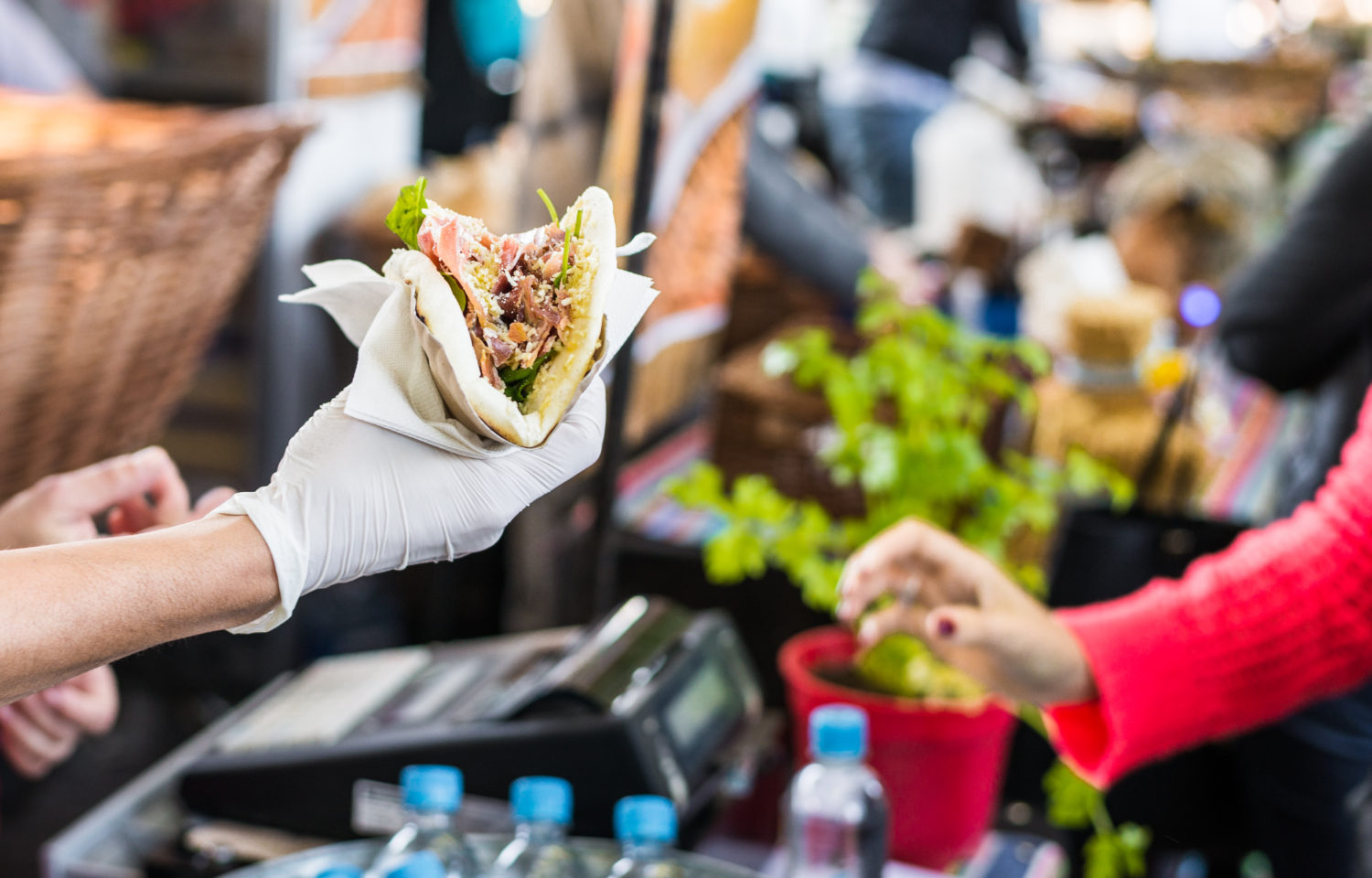
But simply getting to that stage is a laudable accomplishment. As we’ve noted in past blogs, daily catered meal programs are a great way to boost company-wide engagement, improve employee retention levels and position your organization as an employer of choice—the kind of place where people want to work so badly, they compete for jobs and are actually excited to get to work each day! Implementing a customized, sustainable corporate meal program is a fun way to achieve that goal, while delivering an employee-friendly return on investment. So, give yourself a pat on the back for taking this first step. Now you have to make it work.
First off, it’s important to understand that daily catering services can be formatted and structured in a few different ways. How a program such as this is rolled out will be largely dependent on your budget and your workplace culture. Is your team made up of highly engaged extroverts who want nothing more than to converse with their colleagues over a shared meal at lunch or dinner? Or, are they more of an eat-and-run crowd that are simply too busy to take an hour out of their day to break bread? These are important considerations—among many others—that go into the planning for any meal program.
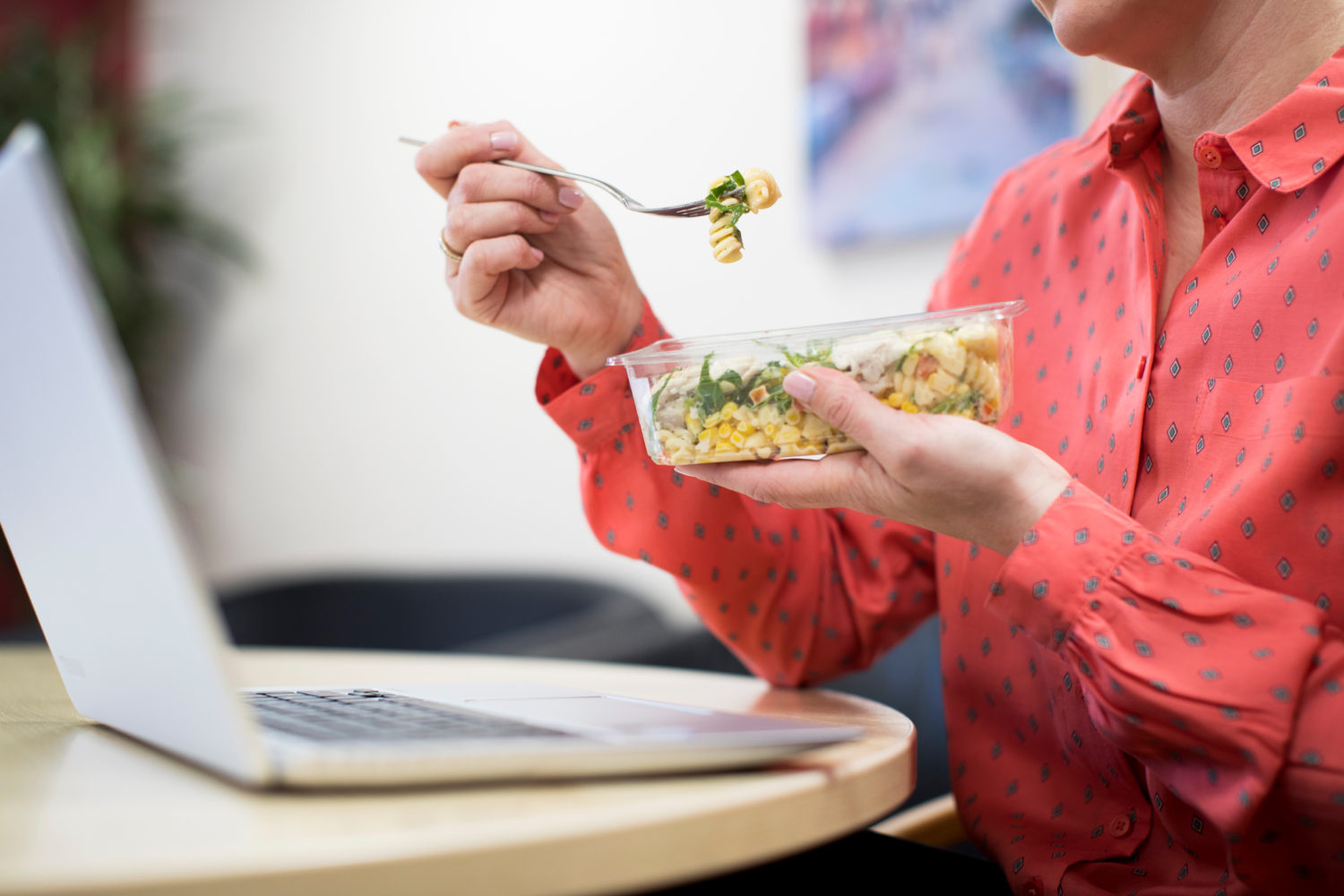
Now on to program payment options. One is for the organization to fully subsidize the cost of employee meals. In this scenario, staff would simply show up to their lunch room or cafeteria, choose their preferred dishes and munch away. This often includes full-service meals that are prepared on-site or delivered daily from a caterer’s satellite kitchen. In other cases, workers pay for the meals themselves, but the organization has an active hand in catered meal planning and execution, such as providing the space or infrastructure to bring the program to life. Another common option is a hybrid approach where leaders manage the program and subsidize meals, but ask employees to pay part of the cost.
When it comes to formatting a daily catered meal program, the Silicon Valley move is to build out a full-blown cafeteria that is either fully or partially subsidized (thank Google and Facebook for the inspiration). We consult directly with organizations to help manage this process, while also working to revitalize tired eateries that become stale, lose their appeal and wind up alienating employees rather than engaging them. Sometimes they fail because they’re underfunded or mismanaged. Often it’s simply because they haven’t offered interesting food. Our focus is to ensure that employees are served food worthy of a top restaurant every day. We shuffle menus, incorporate new dishes and introduce exciting elements such as our signature food stations to liven things up! And we always seek the feedback of your employees before making menu suggestions.
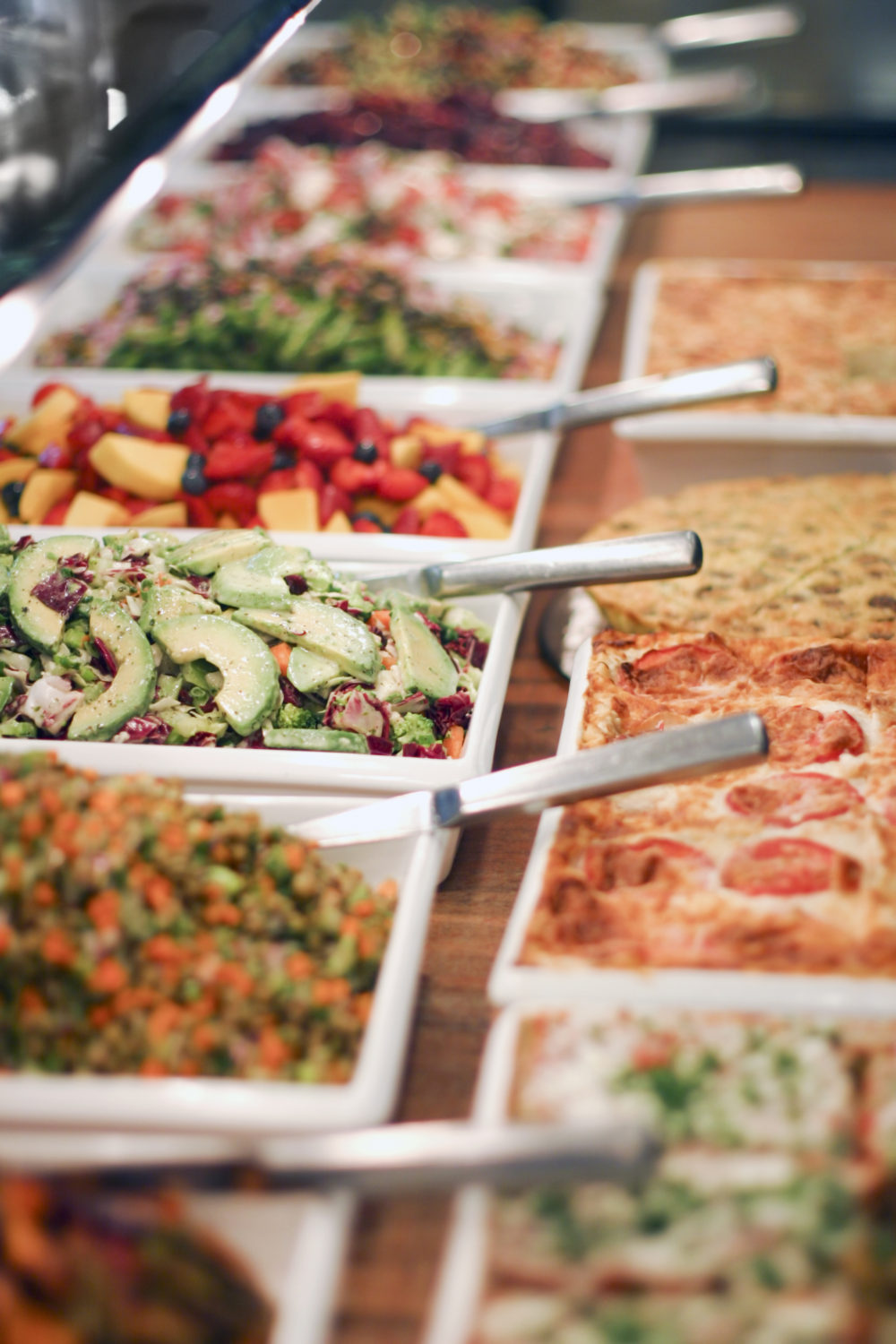
Of course, we also offer similar programs to community-based organizations. For example, we’ve worked with the likes of TransCare Community Support Services to develop a community seniors’ dining program that catered to the preferences of older diners. We’ve also helped not-for-profits and charities such as the YMCA and Salvation Army roll out catering options for their respective clientele.

Whether we’re working with a charity or a large corporation, we’re often asked to create a pop-up cafeteria experience, particularly when a client’s workplace is located off the beaten path. Their priority is to provide dining options to employees who may not have the time or ability to drive (potentially far) off-site to find a bite to eat. They ask us to either sell food such as sandwiches and salads on site, or set up one of our fully-equipped mobile kitchens to prepare delicious dishes during set meal hours. This is an especially good option for industrial firms such as manufacturers, that typically have a lot of employees, but are often located in the middle of a proverbial restaurant/cafeteria desert.
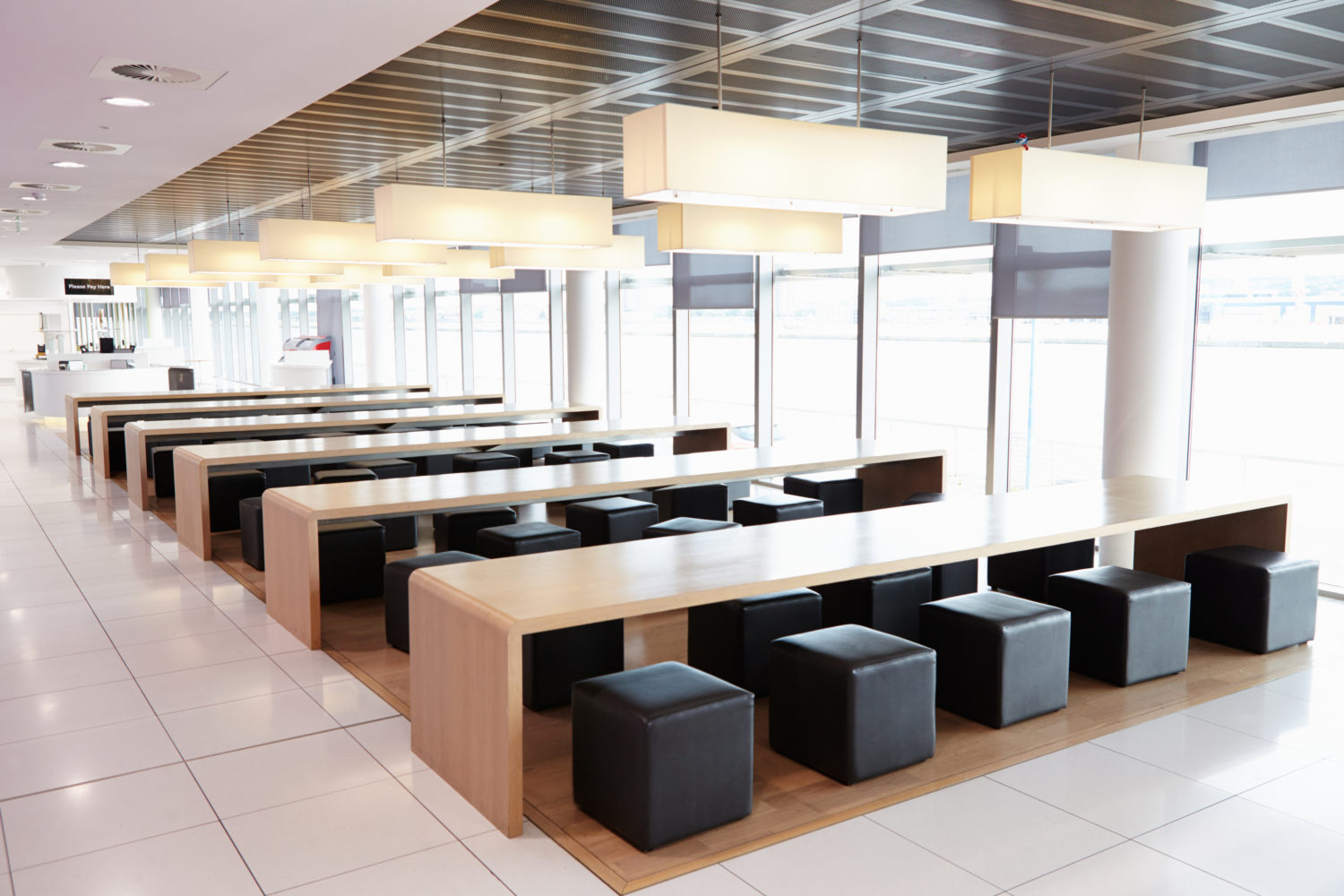
To determine if an organization qualifies to host a pop-up cafeteria, we’ll conduct an on-site analysis to assess whether the facility is suitable for food service. If it is, we’ll then take the next step to determine what kind of meal service the building’s infrastructure can support. We do this to avoid creating situations where we set up a kitchen, but logistics make timely service overly challenging, resulting in long line-ups, disgruntled employees and the quick demise of the initiative. Past successes have included helping a large software firm set up a pop up cafeteria in their building that featured both hot and cold items, as well as vegetarian fare and grab-and-go products that were perfect for busy developers.
Even if you think your facility won’t support a cafeteria, or that your existing canteen is simply too tired and unloved to be revitalized, invite us in to have a look. With the right amount of creativity, strategy, planning and awesome execution, we can make your daily corporate catering vision a successful—and very tasty—reality.
Fia Pagnello, Founder and CEO
Contact us now to develop your daily catered meal program!

